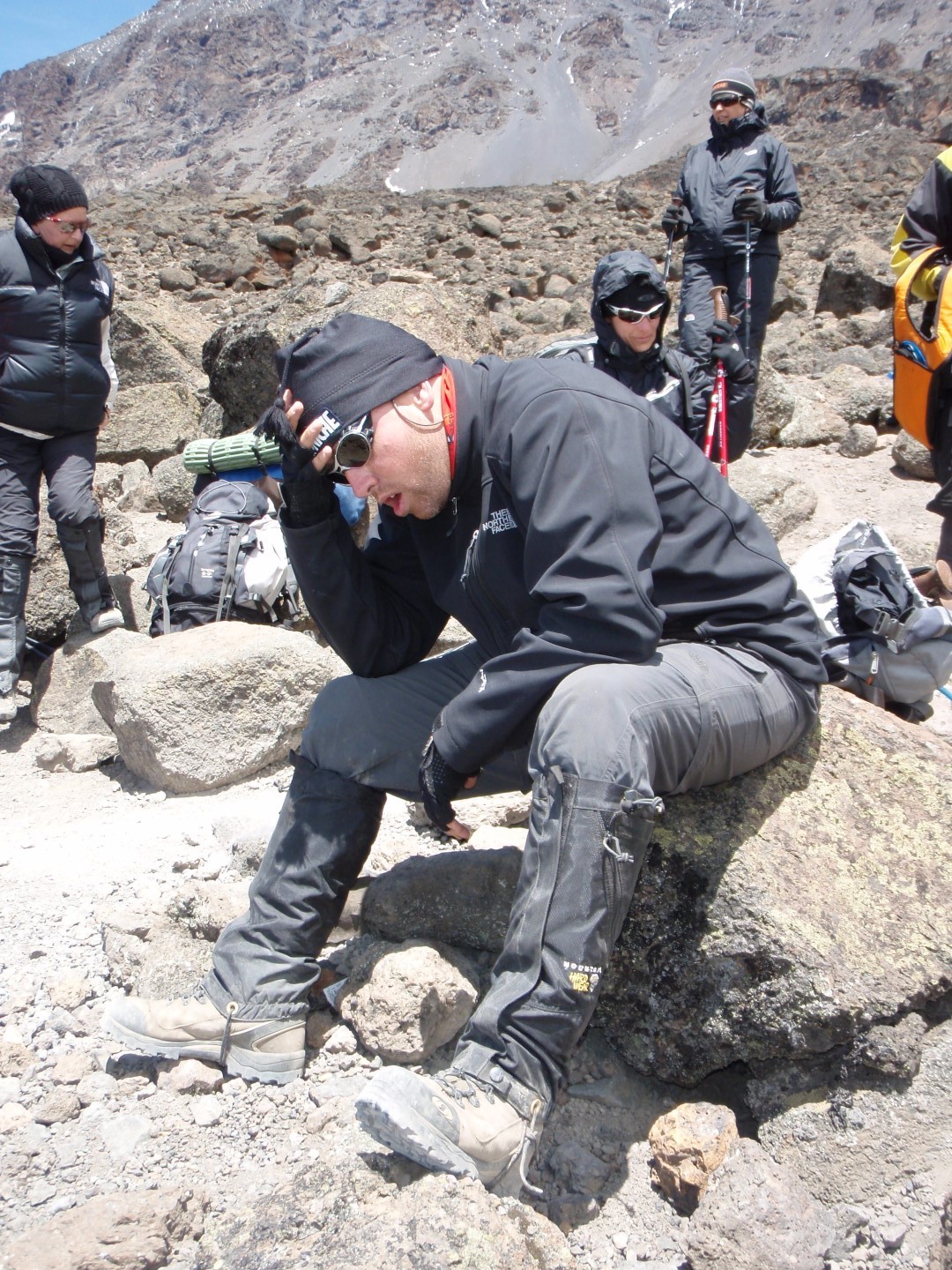All You Need To Know About Altitude Sickness

Hiking in high altitudes is fun. However, it would help being prepared to handle altitude sickness as you come down the mountain. Altitude sickness, also known as mountain sickness, is a short term discomfort that can be mild or severe when a person walks or climbs a high altitude too quickly.
Hikers should be prepared to handle altitude sickness after returning home because the body struggles to adapt to the elevation changes. One may feel lightheaded or nauseous amidst other discomforts. While the illness may go away on its own, it is critical to be informed about it to help you adjust quickly.
Symptoms of altitude sickness
These symptoms may vary from one person to another. These symptoms may come 12 to 24 hours after ascending or descending a high elevation. The common symptoms include:
- Lightheadedness
- Nausea
- Vomiting
- Headaches
- Shortness of breath
- Loss of energy and fatigue
- Loss of appetite
- Lack of sleep
- Mild symptoms disappear or lessen with time. On the other hand, the symptoms get intense with time, making it necessary to see a doctor.
Severe altitude sickness may include:
- Shortness of breath even when at rest
- Inability to stand, walk or engage
- Confusion or delirium
- A cough accompanied by a frothy substance
- Coma
How to treat mountain sickness
Mild symptoms can disappear with time as the body adjusts to the new altitude. What you need to do is to keep warm, hydrate and rest. On the other hand, symptoms that won’t go away after resting or gets worse require immediate medical attention.
- The doctor may listen to your chest with a stethoscope or request an X-ray, MRI or CT scan to check for any fluid retention in the brain or lungs. These symptoms are life-threatening conditions. The former is commonly referred to as High-altitude cerebral edema (HACE) and the latter, High-altitude pulmonary edema (HAPE).
- The doctor may treat you with a steroid if you HACE. On the other hand, you may be put on supplementary oxygen and other medication if you have HAPE.
How To Prevent Altitude Sickness
Acclimatization is the best way to prevent or lower the chances of developing altitude sickness. Acclimatization means getting the body to gradually adapt to the altitude changes in air pressure. As you climb to high altitude regions, do it slowly to help the lungs get more oxygen. The slower you climb, the deeper you breathe and the better the breathing pattern. The red blood cells carry more oxygen to different parts of the body, therefore enhancing breathing.
Tips For Acclimatization
- Start the hiking experience from below 10,000 feet. You can stop for a day if you’re flying or driving to allow the body to make the changes. Alternatively, take recommended medications to speed up and help the body acclimatize.
- If you climb over 10,000 feet above sea level, strictly do 1,000 feet a day and rest at that level before continuing the next day.
- Adapt “climb high, sleep low” if you hike above 1,000 feet a day.
- Hydrate throughout the hike experience
It is imperative to acquit yourself with altitude sickness and its symptoms, to know what to do when it happens. All hikers should adopt favorable speed to help the body acclimatize and know when to stop and rest.


Comments are closed.